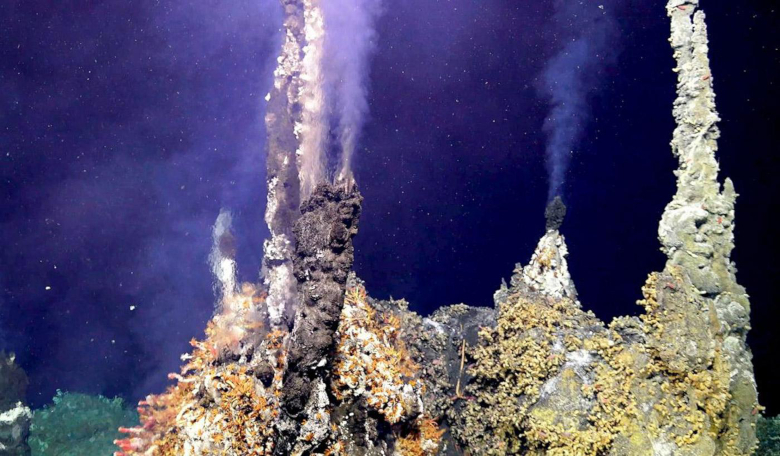Europa, the smallest of the four Galilean moons orbiting Jupiter, is a prime destination in the search for signs of life beyond our own planet. ESA has already given the green light for its JUICE - JUpiter ICy moons Explorer - mission to study the ice-covered world along with Ganymede, Callisto and now NASA has given the go-ahead for its Europa Clipper spacecraft to probe it too.
But once at this water-rich world, how will scientists go about studying what lies beneath? One such project that could help is InVADER, or to give it its full name In-situ Vent Analysis Divebot for Exobiology Research and it has also been funded by NASA to test technology suitable for ocean world exploration.
The InVADER project is a public/private partnership involving scientists and engineers from several institutes in the US, including the SETI Institute, and the UK, to broaden the scientific knowledge of Earth's oceans with a view to applying that understanding to oceans on other moons and planets.
"With InVADER, we bring next-generation space exploration tools 1,500 meters below the ocean surface," said Pablo Sobron, a SETI Institute physicist, who along with Laurie Barge at NASA JPL, received a NASA Planetary Science and Technology from Analog Research (PSTAR) grant to study underwater hydrothermal systems. "This way, our project offers unprecedented opportunities to bridge studies of Earth's oceans and mission concepts to explore oceans in our solar system."
Sobron and Barge, along with their international team, plan to study the Axial Seamount, the largest and most active underwater volcano on the western boundary of the Juan de Fuca tectonic plate, situated about 300 miles west of Oregon. Doing the legwork will be InVADER, an underwater robot that will monitor on a daily basis the activity around a deep ocean hydrothermal system.
By capturing transient events over a 12 month period in real time, InVADER will be the first long-term machine to provide a thorough picture of the biological, geological and chemical processes occurring around seafloor fissures that are thought to have helped life get established on this planet. This will help scientists understand what could be happening in similar environments when deep-sea missions to our nearest ocean-worlds get underway.
InVADER is also equipped to take pictures and even provide 3-D mapping of its environment to help put all of the other readings and data into context. The team will also bring back samples of local fluids and minerals that they plan to analyse in the lab with lasers.
Underwater hydrothermal chimneys have already been studied on this planet, so some of the technology already exists but so far such analyses cannot, at present, be conducted simultaneously, in an autonomous, non-destructive rapid way.
The team hopes that InVADER will fill these gaps, and do so in such a way that the robot can achieve the same task hundreds of millions of kilometres away on another watery world.
“Together, these measurements will help us determine new strategies to study life in Earth’s oceans and refine methods for how we might study habitable vent systems on ocean worlds like Europa or Enceladus in the future” says Barge.











